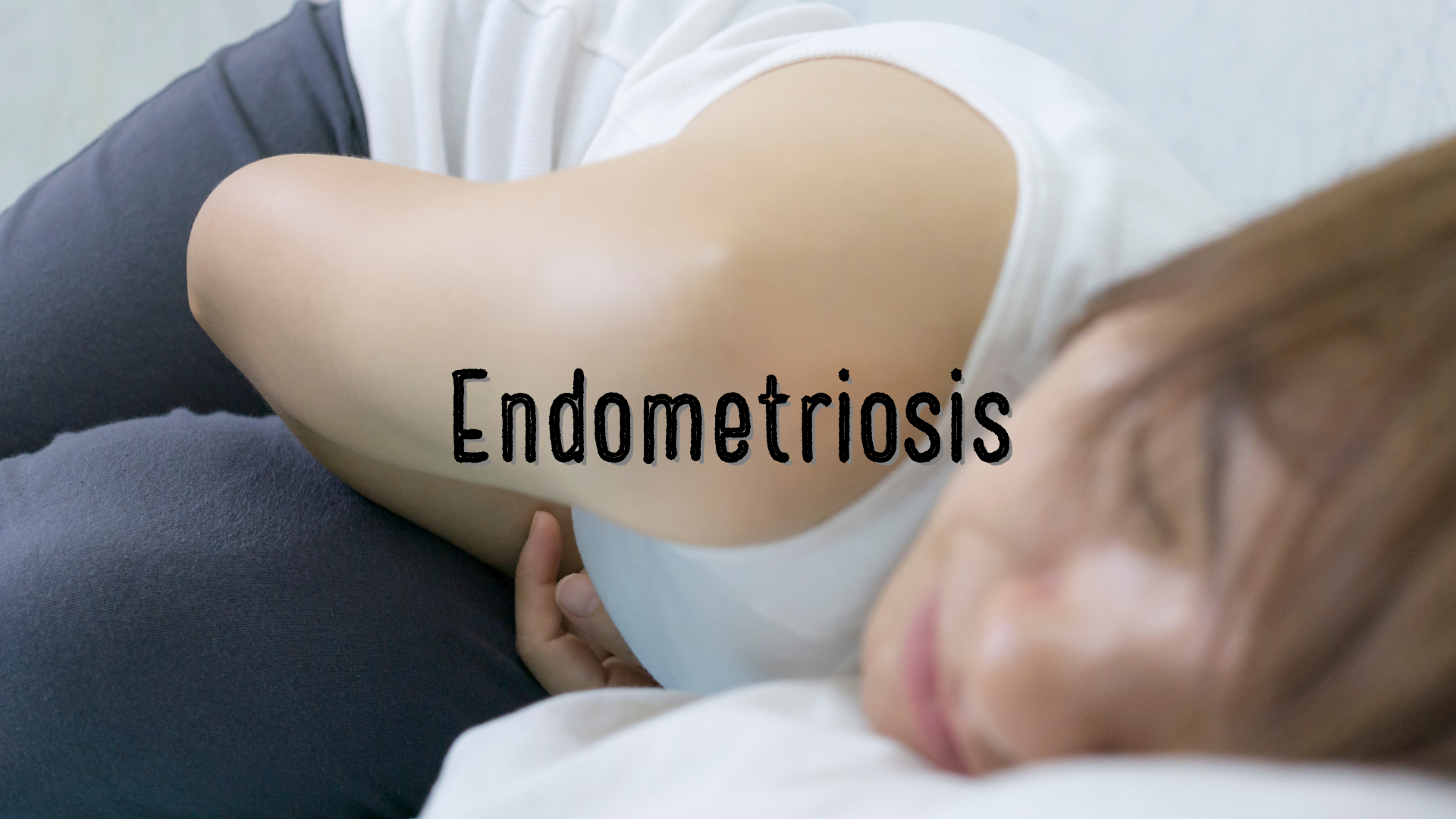
I think its fair to say that the recent research in regard to endometriosis has helped us understand that endometriosis is not just a hormonal condition so this blog will go beyond the commonly known things.
Thank god there has been tireless campaigners for research funding and over the last few years this research has yielded results that have shown us that it is a multi-faced beast. Its actually an inflammatory condition that is exacerbated by the ebbs and flows of hormones in a menstrual cycle.
This might not seem like a big distinction until you start looking at how to treat the condition.
For a long time, the front-line medical treatment of endometriosis was the oral contraceptive pill, oestrogen blockers, IUD’s and hysterectomies. All very much aimed at the hormonal angle of the condition versus addressing the inflammation that exists at the heart of the condition. It probably explains the scattered success rates of those solutions too.
Sadly, there is still no cure that has been developed yet but at least science is taking some different paths that could mean that endometriosis is addressed more at its root cause versus its symptoms. Again, hats off to the tireless campaigners like Endometriosis Australia who are continuing to lobby for funding and research to treat this condition that affects over 10% of Australian women and can take between 7 to 10 years to diagnose.
In the meantime – is there other things that that we know about endometriosis that we could potentially target to assist in the management of endometriosis symptoms?

1. There seems to be an overlap between gut function and endometriosis.
The discussion paper attachedhttps://obgyn.onlinelibrary.wiley.com/doi/full/10.1111/tog.12241 explores this overlap between IBS and endometriosis and certainly there are many women with endometriosis that get diagnosed with IBS first. The “endo belly” is a well-known fact amongst the endo community.
In clinic I see this consistently. In fact, I would go so far to say that every single one of the patients that I am helping with endo has some sort of gut symptoms. Interesting too I have seen the reverse. I recently treated a seventy-year-old with IBS who, when I took her medical history would have fit the criteria for endometriosis investigation in her menstruating years because of the phenomenal pain she suffered each period. In her words, “back then no one talked about it and I was told that’s just the way it was”.
There has also been a trial of FODMAPs diet for women with endometriosis attached https://obgyn.onlinelibrary.wiley.com/doi/abs/10.1111/ajo.12594 Of interest it showed that there was a reduction of gastro symptoms in women with endo that did the diet. In fact, the authors went on to suggest “the role of diet is likely to be just as important for symptom control in endometriosis as it is in IBS”.
A word of caution here though, FODMAPs is not a diet that is supposed to be a permanent exclusion diet. It has a period of time of exclusion and then reintroduction of foods. Please do not embark upon this type of diet without the assistance of health professional. When you permanently take out whole food groups you decrease the microbial diversity in your gut, and this is associated with poorer health outcomes. (Obviously allergies and intolerance of specific foods aside).
2. There appears to a link between the immune system and endometriosis.
Makes sense, the immune system starts in the gut, right?
Beyond that, a study attached https://pubmed.ncbi.nlm.nih.gov/27475412/ showed that genes that coded for proinflammatory pathways and receptors was significantly increased in tissue from endometrial lesions and specific genes involved in anti-inflammatory pathways were also reduced.
The authors found that immune gene profiles supported that endometriotic lesions are viewed as foreign by the body and elicits local inflammation by the body. The gene profile further supported that lesions established their own blood supply and participated in the generation of pain for some patients.
The paper attached https://obgyn.onlinelibrary.wiley.com/doi/pdf/10.1111/jog.13559 lists the major immune cells of the immune system and articulates that almost of all of these are changed in endometriosis.
In its conclusion it suggests that modulating the actions of the immune cells my prevent the initiation or progress of endometriosis.
3. Endometriosis can contribute to pelvic floor dysfunction (and pain)
I know it’s no surprise to endo warriors that endo contributes to pain, but the way it can contribute to pelvic pain and pain during intercourse is important because of the potential solutions.
The paper attached here https://pubmed.ncbi.nlm.nih.gov/30078464/ raises the possibility that the nervous system and myofascial mechanisms (muscle and tough connective tissue surrounding the muscle called fascia) play a part in pain during intercourse regardless of where the endometriotic lesions are.
The researchers studied women with all stages of endometriosis and included women with bladder / pelvic floor tenderness and painful bladder syndrome.
Endometriosis Australia also have a blog relating to overactive pelvic floor muscles in endometriosis and how overactive pelvic floor muscles can be common in endometriosis – contributing to pain, constipation, and difficulty urinating. It’s a viscious cycle, pain causes muscles to contract and become tight and then tight muscles can contribute to pain. That article can be found by clicking here https://www.endometriosisaustralia.org/post/overactive-pelvic-floor-muscles-in-endometriosis

Right now, there is still no cure for endometriosis. Nor is there really a sure-fire way of diagnosing it without invasive surgery or through vaginal ultrasound in the hands of a skilled professional (not just any run of the mill sonographer)
What this research does though, is give us some other tools in our toolbox outside of the hormonal options to be able to try to manage some of the severity of the condition. If we know that there are other contributors, then maybe addressing them can help with symptoms.
Options to try for endo management that are not hormonal.
1. Diet changes
Very clearly from the above info, inflammation and the immune system play some part in endometriosis. Whether they cause or are a result of the endo is not determined but addressing inflammation and the immune system may be a potential therapy target.
Even without going on specific diets, we know that what we eat influences our inflammatory markers and our immune system through direct involvement in gene expression. Science has known this for years; this is the basis for the recommendations of diets such as the Mediterranean diet and the recommendations of Omega 3’s for cardiovascular disease. It results in direct changes to the genes that oversee your inflammatory pathways. The field of nutrigenomics is entirely dedicated to understanding the how foods affect our genes.
So why not try to eat for an anti-inflammatory, immune friendly result?
In general, we know that this is a diet that is rich in plant-based foods, very low in processed foods (breads, breaky cereals, pastas, crackers etc), low in caffeine, sugar, and alcohol. Moderate amounts of protein and predominately plant-based fats.
If you have tried this and not getting a result, then it may be time to consult a professional who can recommend mores specific plans or testing for you.
In clinic I use a combination of herbs and concentrated nutrients that have great evidence to impact the genes associated with inflammation and the immune system.
2. Movement
Exercise also is extremely well studied for its direct result on gene expression. The other great thing about exercise is that it can also assist with some good neurochemicals that can help with pain management and anxiety.
Exercise can also change the gut bacterial diversity for the better as well so fits in with the goal of improving gut health in women with endo.
3. Engage in some stress management
There is a strong push in the chronic pain management area to address the nervous system and the brain specifically as a pain management technique.
To sum this extremely complex area up in a paragraph, it centres around the understanding that it is the brain that interprets the signals that the nervous system gives it and decides the level of pain that should be experienced. Sometimes because of the brain’s memories and experiences, it can award the signal high degrees of pain where it may not be warranted. The theory is if you can retrain the brain and calm the nervous system it can reduce the pain sensation.
If you want to know more this YouTube video from leading pain researcher Lorimer Mosley is a great place to start – its a few years old now but its a great explanation of the concept.
On that note then calming the nervous system and brain can be a place to start for pain management and for anxiety.
Breathing techniques, yoga, guided meditation (one of my favourite apps is Insight Timer because its free and has thousands of mediations of different lengths and topics), acupuncture, cognitive behaviour therapy – all of these are places to start to chill out an overactive nervous system.
If you need some extra nervous system nourishment, herbs and nutrients from a Naturopath can also do a great job of calming down an overactive system.
4. See a pelvic floor physio
In clinic when I have patients that experience pain during sex, urination issues or sometimes bowel issues I always refer to a pelvic floor physio in addition to the work we are doing.
There is so much that they can do regarding helping relax overactive pelvic floor muscles and potentially reducing any pelvic pain and urinary problems experienced.
They are specialised in their field so if you are seeking out a physiotherapist for this reason then ensure that they have been trained in pelvic floor and women’s health.
5. Seek help
You don’t have to suffer in silence. Reach out.
Much love,
Wendy.
